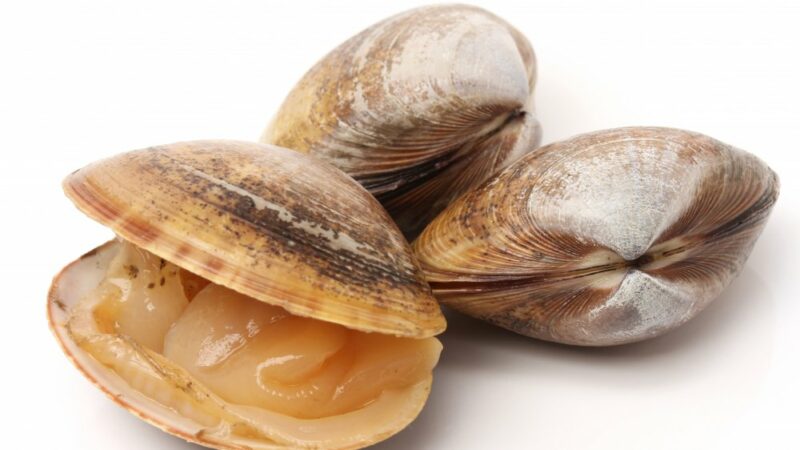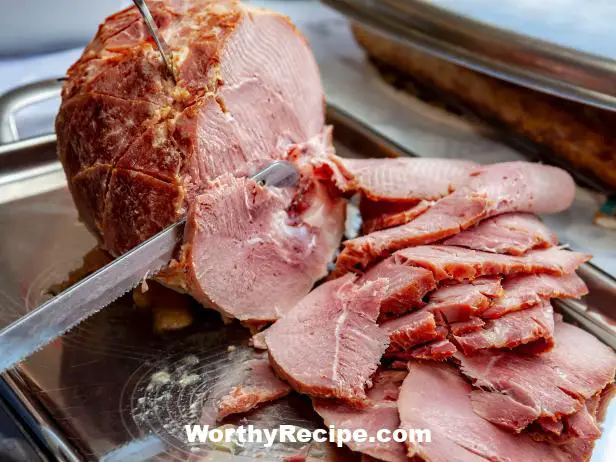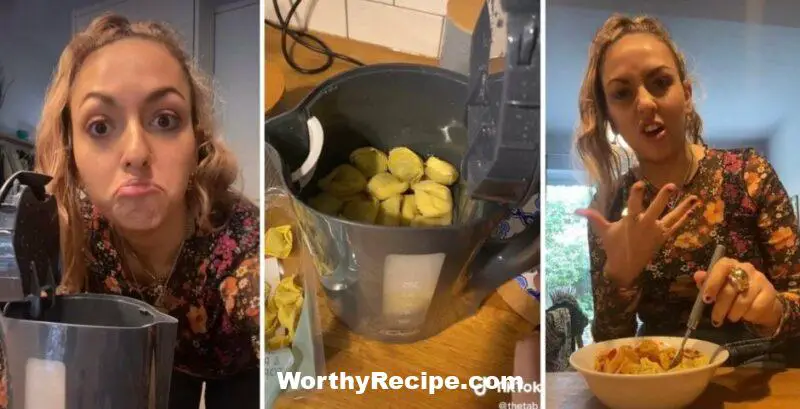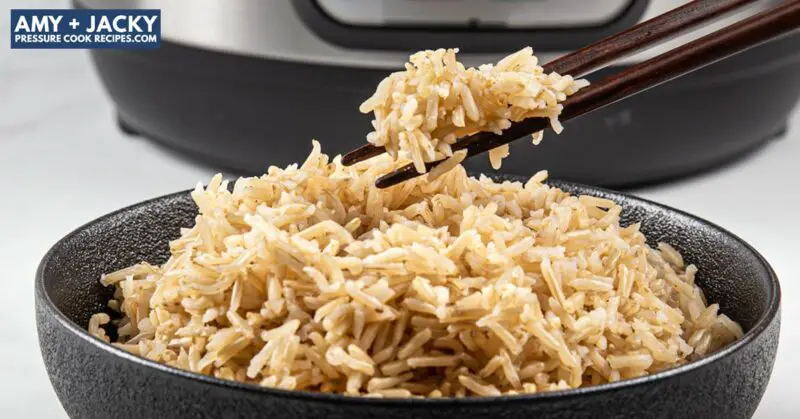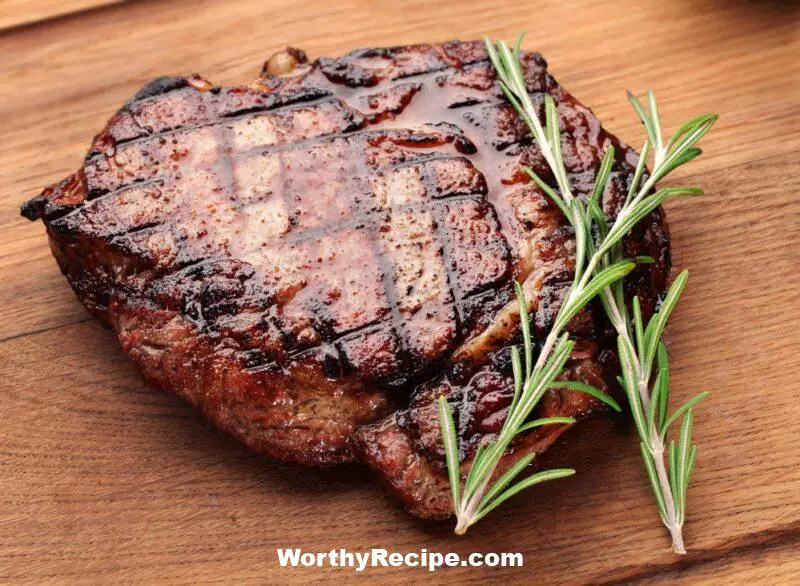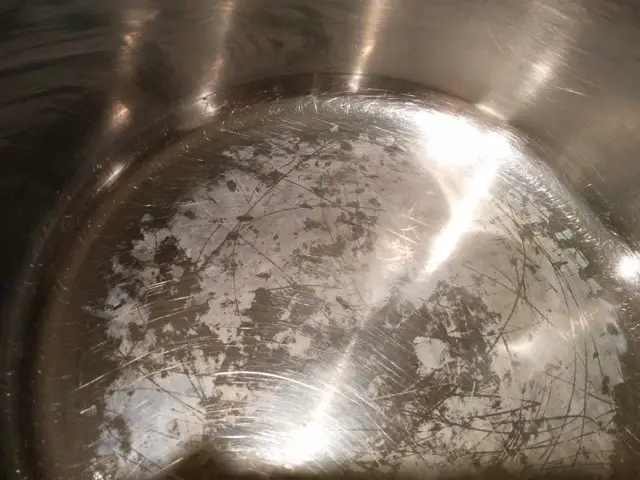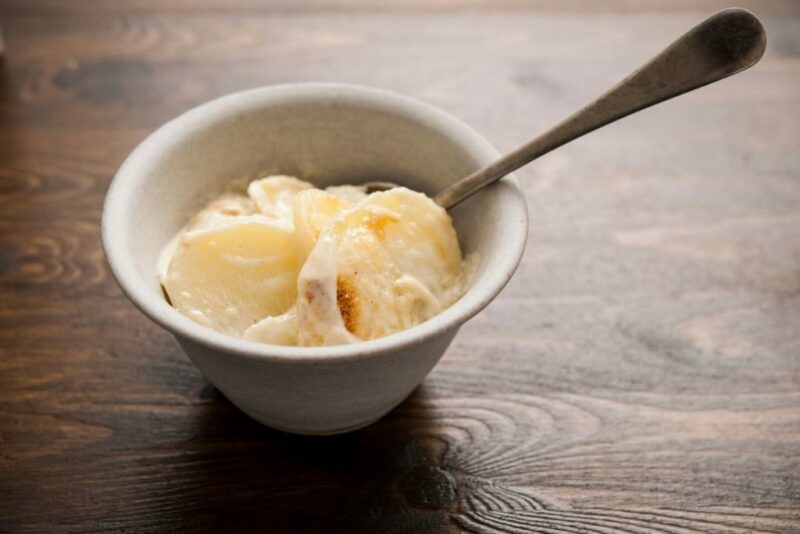How to Tell If Clams Are Bad After Cooking
Clams are a tasty and healthy seafood delicacy that can be enjoyed in various ways, from soups to chowders, pasta dishes, and stews. They are nutritious, filling, and easy to cook. However, like any other seafood, clams can go bad quickly if not handled or stored correctly.
Eating bad clams that have gone bad after cooking can lead to food poisoning, which is why it is crucial to check for signs of spoilage before consuming cooked clams. This article will outline the different signs of spoilt clams after cooking, what causes clams to go bad during cooking and tips to prevent contaminations.
Understanding Clams
Clams are bivalve mollusks that live both in freshwater and saltwater habitats worldwide. They exist in different species, including hard-shell clams (quahogs), soft-shell clams (steamers), razor clams, and geoducks.
Clams are highly nutritious since they contain high levels of protein, iron, vitamin B12 and selenium. Eating clams can help boost immunity function and promote heart health.
Clams are versatile seafood that offers diverse health benefits when consumed. Some popular dishes made from clams include Clam Chowder soup, Linguine with Clam Sauce, Clam Dip appetizer, Clam Fritters and Fried Clams.
Risks and Concerns When Cooking Clams
Like all seafood products, eating shellfish such as clams carries risks due to the possibility of them being contaminated by bacteria or viruses. The most common diseases caused by eating bad clams are Vibrio poisoning or Paralytic Shellfish Poisoning (PSP).
According to the Centers for Disease Control (CDC), symptoms of Vibrio poisoning can include vomiting, diarrhea, stomach cramps, fever, and chills. On the other hand, PSP toxins can result in numbness or tingling sensations, muscle weakness, respiratory failure, and paralysis.
During cooking, clams’ exposure to high heat kills bacteria and viruses that could make people ill. However, as with any perishable food product, clams can still spoil after cooking.
This leads to the importance of checking for spoilt clams after cooking them thoroughly before consuming them.
Signs That Clams Have Spoiled After Cooking
Some physical signs help to recognize if the cooked clams have gone bad. The following are some of these signs:
Discoloration:A clear indication that cooked clams have gone bad is discoloration. Bad clams might have a dull color, making them look unappetizing. They may also develop dark spots indicating they have started undergoing decomposition processes.
Off odor:If the cooked clams emit a strong fishy or metallic smell that makes you wrinkle your nose and feel uncomfortable or dizzy when inhaling it, throw them away immediately.
Mushy texture:Good quality cooked clams should have a crisp texture that holds its shape adequately. If they feel too soft or slightly sticky when touched, this indicates they have lost their freshness.
Slimy surface:If the cooked clam meat has a slimy surface that appears glossy and shiny and feels mucus-like to touch, it means that they are no longer suitable for consumption.
Cracks or chips in the shells:Visual inspection of the shells can also detect if the clams are spoilt. If there are cracks or chips in the shells or if they look excessively dirty even after cooking, then chances are high that something is wrong with the cooking process or raw material quality.
Changes in Flavor or Smell: If the cooked clams have an off-taste or a slimy texture, it’s best to assume they’re bad. Avoid consuming them, even if there are no visible signs of spoilage.
Proper Storage and Handling of Raw Clams
To prevent clams from spoiling before cooking, here are some tips for ensuring freshness when buying raw clams:
– Buying Fresh:When shopping for clams, look for those that appear alive, with tightly closed shells that snap shut when tapped or handled. Avoid purchasing ones with gaping shells or ones that emit an odor.
– Keep refrigerated:Store raw clams in the fridge as soon as possible after purchase. Do not keep them in a plastic bag or container because this will trap in moisture and cause them to spoil more quickly.
– Keep away from direct sunlight: Because of their delicate nature, store shelled clams in cool and dry places to avoid direct sunlight that can cause them to go bad rapidly.
– Freeze properly:If you are not going to use clams immediately, consider freezing them to preserve their quality. Place the uncooked clams directly into an airtight container and store them in the freezer for up to six months.
Tips for Cooking Clams Safely And Correctly
When it comes to cooking clams safety and correctly follow these essential steps:
– Cook only live clams (those with closed shells) since dead ones may carry bacteria that could make people sick.
– Boil or steam shelled clams for 4-10 minutes until they open completely. Cooked shellfish such as clam bars and clam meat should reach a minimum internal temperature of 145 degrees Fahrenheit to kill any bacteria present.
– If some clams fail to open during cooking, it is best to discard them.
– Do not eat slightly opened clam meat.
– Rinse the clams properly under the cold running water before cooking to remove any sand or grit.
What to Do If You Have Eaten Bad Clams
If you suspect you have consumpted bad clam meat, it’s essential to act quickly and watch out for any symptoms such as stomach pains, vomiting, or diarrhea.
Seek medical attention immediately if you are experiencing any severe symptoms or if the symptom persists for more than 24 hours.
Prevention Measures for Spoiled Cooked Clams
Good hygiene practices while handling seafood products can help prevent contamination and protect consumers from consuming raw or poorly prepared seafood.
Here are some hygiene rules to observe while handling seafood:
– Wash hands, cutting boards, utensils, and counter surfaces thoroughly with soap and hot water on every occasion that had contact with raw clams.
– Sanitize the kitchen surfaces with a bleach solution after cleaning unless you have a separate area designated for working with shellfish.
– Only purchase seafood from reputable sources.
Conclusion
In conclusion, clams are healthy seafood delicacies that offer various dietary benefits when consumed correctly. But just like any other seafood product, they carry an inherent risk of contamination by potentially harmful bacteria or viruses.
To avoid the danger of getting food poisoning from cooked clams that have gone bad, it’s important to check for signs of spoilage before consumption. Proper storage and hygiene practices can help prevent the growth of bacteria in raw clams.
Overall, observing good hygiene practices and following safe preparation steps will ultimately lead to enjoyable and healthy clam dishes.
Can you tell if clams are bad just by looking at them after cooking?
Unfortunately, visual inspection of clams is not a reliable way to determine whether they are safe to eat or not. The appearance of the clam’s shell and flesh may seem fine even if it is already spoiled.
Do bad clams smell bad after cooking?
Yes, bad clams will give off a strong, unpleasant odor that resembles ammonia or rotten eggs even after being cooked. If you detect any strange smells, it’s best to throw them out.
Can you still eat slightly undercooked clams?
Consuming slightly undercooked clams may not be harmful, but it’s not advisable as it increases the risk of foodborne illness. To avoid any health risks, make sure that your seafood dishes are thoroughly cooked before serving.
How long do cooked clams last in the fridge?
If stored properly, cooked clams can last for up to four days in the refrigerator. To maximize their shelf life, place them in an airtight container and refrigerate them promptly after cooking.
